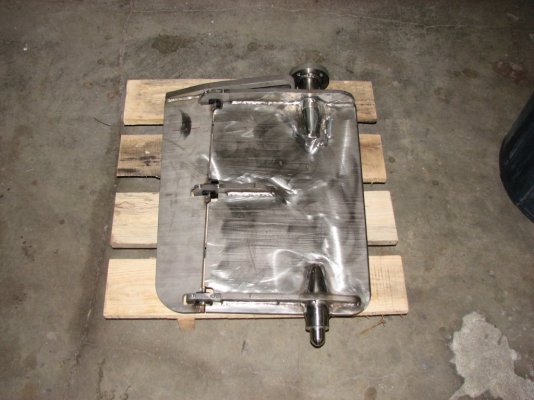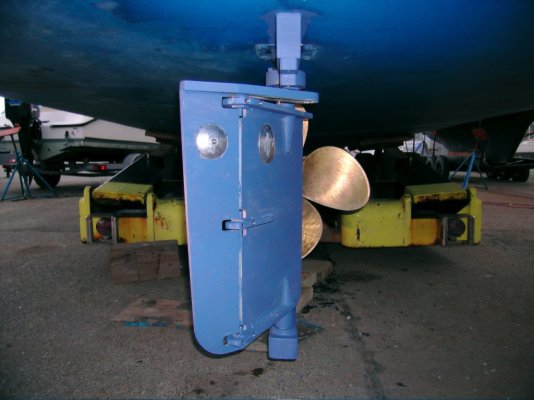Singleprop
Senior Member
- Joined
- Nov 10, 2007
- Messages
- 131
Hi All,
I am looking for information or a webside that has rudder torque calculations/formulas for an articulated rudder (flap rudder).
I have found several regular rudder calculations on the net, but nothing discussing the effect that the flap has.
The question is how much extra torque is required when the rudder is deflected at 35 degree (then the flap is at about 45 degrees)?
*
I am looking for information or a webside that has rudder torque calculations/formulas for an articulated rudder (flap rudder).
I have found several regular rudder calculations on the net, but nothing discussing the effect that the flap has.
The question is how much extra torque is required when the rudder is deflected at 35 degree (then the flap is at about 45 degrees)?
*


